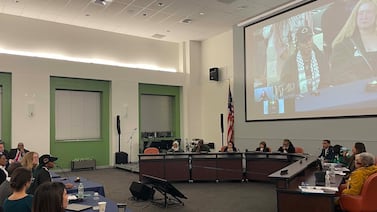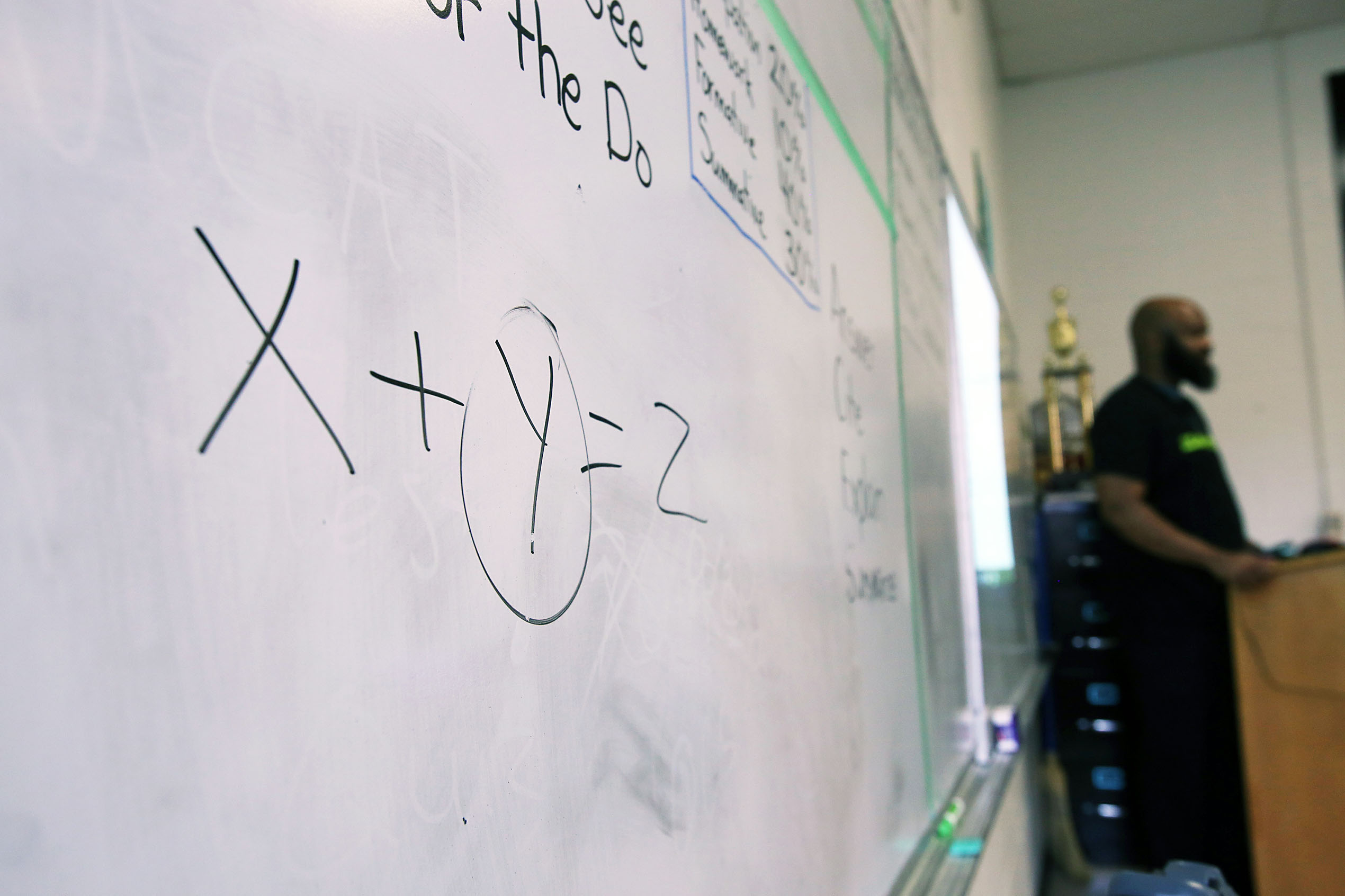Sign up for Chalkbeat Detroit’s free newsletter to keep up with the city’s public school system and Michigan education policy.
Small drones buzzed all around the small gymnasium at Ypsilanti Community High School, controlled by students competing to get them through an obstacle course fastest.
In this yearlong drone and aviation technology class, a new career and technical education offering at the high school, students who master flying the machines will earn an industry-level certification and potentially a career advantage. Those are big pluses in a state where officials have prioritized boosting skilled trades.
Kayden Ross, a senior, quickly took to the drone course and sees career potential.
“People are definitely starting to use it a lot more, especially for real world things like fires or scoping out things, or checking structures to see if there’s any damage,” Kayden said. “So I feel like people are going to pay a lot of money for people that really know how to do that.”
The class is providing a unique opportunity to the students who are enrolled, but it is one the few Career and Technical Education, or CTE, courses available to local students. By the state’s definition, Ypsilanti Community Schools is a CTE desert — an area where data show participation in career tech programs is lower than expected.

CTE programs are gaining traction in Michigan and nationwide, in part because of student demand but also as advocates promote them as a way for students to explore careers and gain important skills in emerging fields. But high costs, a lack of funding, and other barriers like transportation are creating significant inequities along not just geographic but racial lines.
The CTE outlook in Ypsilanti and across the rest of Washtenaw County could brighten come Nov. 4 if voters in the county approve a special millage, a kind of property tax measure, that would create new revenue to fund pre-kindergarten-12th grade CTE programs. The measure would raise approximately $25 million annually for 10 years, benefitting each of the county’s nine districts.
Such millages can help turn a CTE desert into an oasis because they provide sustained funding to create new programs and maintain funding for existing programs. That’s important not just here in Washtenaw County but across Michigan — 41% of Michigan school districts are CTE deserts.
The drone aviation program at the Ypsilanti high school is one of five state-approved CTE programs offered to students, with the others being in collision repair, automotive, culinary, cosmetology, said Ypsilanti Superintendent Alena Zachery-Ross. The school also has some career-focused electives.
The drone aviation class was able to launch this year thanks to a temporary grant that will expire in June 2026, Zachery-Ross said.
That’s why the tax proposal is so important.
If it passes, Principal Chelsea Harris-Hugan said, the school would look to add programs in hospitality, entrepreneurship, HVAC, and law enforcement.
“The millage is incredibly important to our students and to our community,” she said. “It provides a bigger pathway and a better opportunity for our students.”
Research finds career tech access problems across Michigan
If you look at CTE enrollment numbers in Michigan, the overall picture looks deceptively good. During the 2024-25 school year, 114,495 students were enrolled in CTE programs, and a record 55,431 completed a CTE program.
The enrollment number has consistently risen since the 2011-12 school year, when the state first began collecting the data, except for a pandemic-caused dip during the 2020-21 school year. Meanwhile, the number of completers is higher than it’s ever been.
But not all students are getting the opportunity. Not only are nearly half of all districts considered CTE deserts, but a 2022 report from the University of Michigan Youth Policy Lab found students from low-income homes, Black, and Hispanic students have less overall access to CTE.
A separate Youth Policy Lab report on CTE access in Washtenaw County, home to the Ypsilanti district, found similar gaps. The report said access is inequitable, and that the same groups mentioned above “have less overall access to CTE programming compared” to more affluent and white students.
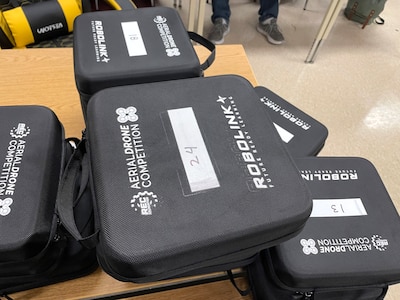
The data prompted the State Board of Education in January to adopt a resolution that called on Gov. Gretchen Whitmer and the Michigan Legislature to provide additional funding for districts to open new CTE programs. State lawmakers did exactly that in the budget that was adopted Oct. 3, though the $70 million in funding to CTE desert districts was less than the $125 million Whitmer proposed earlier this year.
Celena Mills, director of the office of career and technical education at the Michigan Department of Education, told Chalkbeat earlier this year that CTE programs give students an opportunity to explore careers and in many cases get a jumpstart on a career in which they have interest. Or they could learn that a career isn’t a good fit, she said. In general, CTE programs are focused on careers that are growing and are expected to grow.
“We have such a need in our economy for more of those jobs to be filled,” Mills said. “We need a workforce, and so we’re starting to think about how we can train students sooner to be able to do that, to fill those positions.”
When students lack that access, they lose out because they can’t start that career exploration early and often must wait until they graduate high school.
“They’re not able to have that competitive advantage and to move as far as fast as the rest of their peers,” Mills said.
Career and technical education millages are under the purview of intermediate school districts in Michigan, which distribute revenue from the millage to local schools and are responsible for monitoring the career tech programs. There are 56 such districts in Michigan, and they exist to provide a range of services to the local school districts within their borders. Many of these districts, 41, already have CTE millages. The Washtenaw Intermediate School District, which serves the nine local districts in the county, is one of 15 that don’t.
While Washtenaw County has been identified as having broad access issues, that doesn’t mean CTE programs don’t exist. Three districts — Ann Arbor, Whitmore Lake, and Ypsilanti — provide their own programs. The remaining five districts are part of the South West Consortium, a CTE program operated by the intermediate school district that allows students to take career tech classes outside of their districts, with most of the classes offered in Saline, which is in the southern portion of the county.
Even with this consortium, access problems exist. There are only so many openings each year in each program. Distance can be a barrier for some students. And some popular programs have a number of students on waiting lists, officials say.
“I hate telling students no when it’s something you know they can be good at or are passionate about,” said Michael Kapolka, superintendent of the Chelsea School District, which is part of the consortium.
“Students want these opportunities because they know what they can provide for them,” Kapolka said.
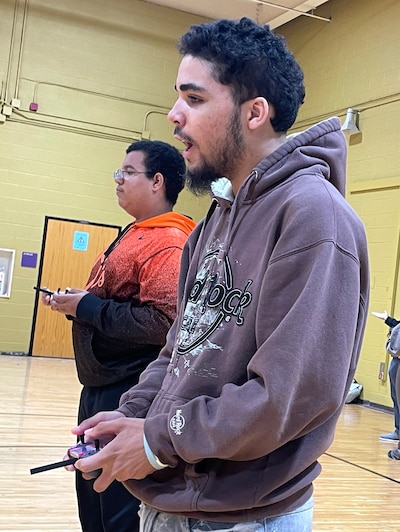
If the millage passes, the consortium programs, as well as the programs in districts that aren’t part of the consortium, would continue to operate as they do today. But the county schools would adopt a more centralized system “to sustain existing programs and expand those with waitlists, while also creating new regional programs in areas of need,” said Ashley Kryscynski, spokeswoman for the Washtenaw ISD.
Meanwhile, she said, while every district would receive money from the millage, “because some districts, such as Ypsilanti and Whitmore Lake, have significantly fewer CTE opportunities than other districts in our county, much of our initial efforts will be to increase access for these districts.
Drone aviation class opens up opportunities for Ypsilanti students
Even in the CTE deserts, school officials have found some resources to launch new programs like the drone aviation class at Ypsilanti Community High.

Last year, Michael Cushman taught fourth grade in West Bloomfield. This year, he’s teaching the drone aviation class. It’s not as odd a shift as you might think. Cushman has a degree in aviation flight science from Western Michigan University. He has a commercial pilot’s license, was a certified flight instructor, and most recently earned the remote pilot certificate required to fly drones.
That’s also the same certificate he expects students to test for in the spring. They’ll need it if they plan to fly drones for commercial purposes, Cushman said.
For now, though, they’re still learning about the intricacies of flying drones and the coding that’s required to do it. When they first started flying the drones through the obstacle course in the gymnasium, it took about 50 seconds to navigate the course. On the day Chalkbeat visited Oct. 9, the students were down to 27 to 28 seconds.
“We get competitive with the obstacle course, and I’m competitive too,” Cushman said. “So I picked up the drone to see if I could beat some of their times, and some of these kids that had just picked up a drone for the first time were going through the obstacle course faster than I was.”
When junior Camari Vawters was around eight years old, his older brother had a drone. He remembers constantly crashing the drone when he would play with it. Now, he drives a drone with focus.
“I love it.”
Kayden Ross, a senior, wasted no time signing up for the class after seeing a demonstration during an assembly last school year. Cushman said Kayden, in particular, “has a knack for it,” and has “really taken to it very quickly.”
Kayden says it’s “definitely” a career option for himself.
“People are definitely starting to use it a lot more, especially for real world things like fires or scoping out things, or checking structures to see if there’s any damage,” Kayden said. “So I feel like people are going to pay a lot of money for people that really know how to do that.”
Drone aviation classes are an example of how CTE programs have evolved over the years to keep up with changing technology and with burgeoning careers. What’s also changed is the CTE programs of years ago were mostly geared towards students who either had no desire or need to go to college. Now, Mills said, that mindset has shifted.
“Now we know that almost every student in almost every career requires some sort of post-secondary training,” Mills said. “What that looks like depends on the career that the student is interested in.”
Ayden Sisson illustrates how that strain affects students. The Ypsilanti senior is having a ball in the drone aviation class, which he signed up for because he’s always been fascinated by the drone shows he’s seen while watching sports events. But as much fun as he’s having, he still wishes his school had a performing arts CTE program — which the state of Michigan recognizes as a CTE field.
“We do have drama classes, we have musical theater and stuff like that,” Ayden said. But a single drama class doesn’t compare to a CTE program that might last one or two years. “If it was a CTE that would have made much more impact.”
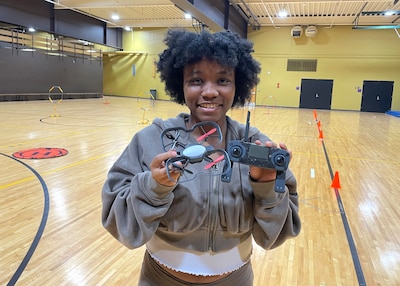
India Smith, a junior at Ypsilanti Community High and a student in the drone aviation class, said she was inspired to enroll after attending an assembly during her sophomore year.
“I wanted to try something new,” India said.
Like Ayden, though, she has other career aspirations. She wants to be an artist, and is interested in animation. When the conversation turned to some of the potential new CTE programs that would benefit Ypsilanti students, said she was interested in learning how to use animation to draw. She’s seen people doing so on YouTube, Pinterest, and TikTok and has been intrigued.
“I’ve always wanted to do it.”
Lori Higgins is the bureau chief for Chalkbeat Detroit. You can reach her at lhiggins@chalkbeat.org.
This story is part of an occasional look at career and technical education programs in Michigan. The reporting is supported with an Institute for Citizens & Scholars Higher Education Media Fellowship from the ECMC Foundation, a grantmaking partner of Educational Credit Management Corp. focused on improving higher education and career success among underserved populations.
Correction: Oct. 29, 2025: A previous version of this story said there are eight school districts in Washtenaw County. The story has been updated to say there are nine districts.




